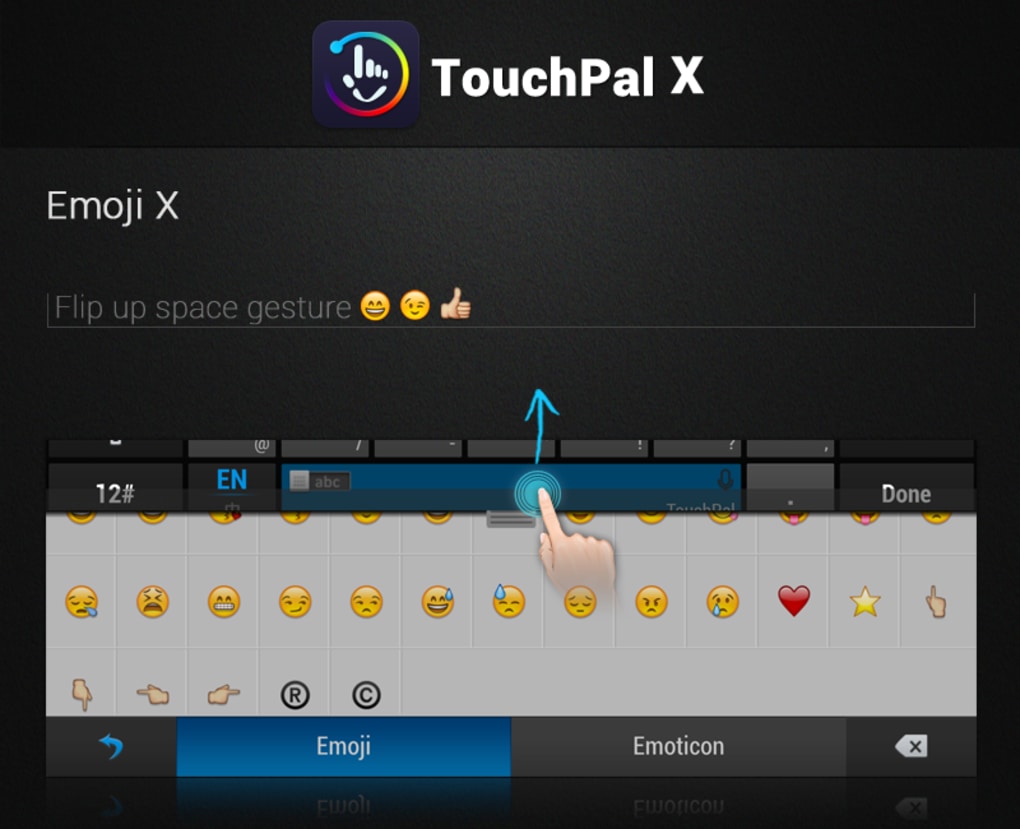
Second, we built a powerful core decoding engine based on finite state transducers (FST) to determine the likeliest word sequence given an input touch sequence. First, we created robust spatial models that map fuzzy sequences of raw touch points to keys on the keyboard, just like acoustic models map sequences of sound bites to phonetic units. With the realization that the way a mobile keyboard translates touch inputs into text is similar to how a speech recognition system translates voice inputs into text, we leveraged our experience in Speech Recognition to pursue our vision.


To change that, we recently provided many exciting improvements to Gboard for Android, working towards our vision of creating an intelligent mechanism that enables faster input while offering suggestions and correcting mistakes, in any language you choose. The average user is roughly 35% slower typing on a mobile device than on a physical keyboard. Yet, mobile keyboards are still cumbersome to handle. Most people spend a significant amount of time each day using mobile-device keyboards: composing emails, texting, engaging in social media, and more.

Posted by Françoise Beaufays, Principal Scientist, Speech and Keyboard Team and Michael Riley, Principal Scientist, Speech and Languages Algorithms Team


 0 kommentar(er)
0 kommentar(er)
